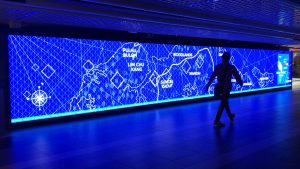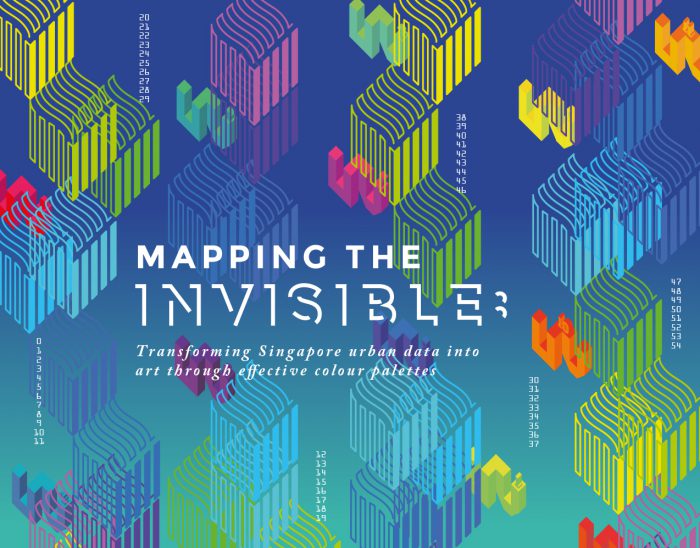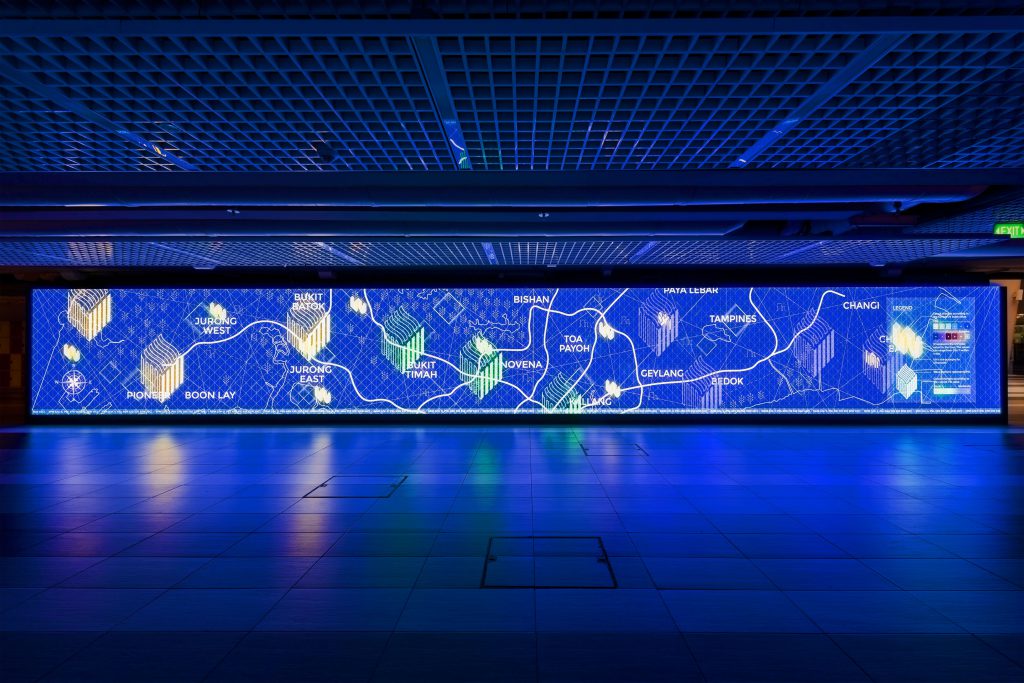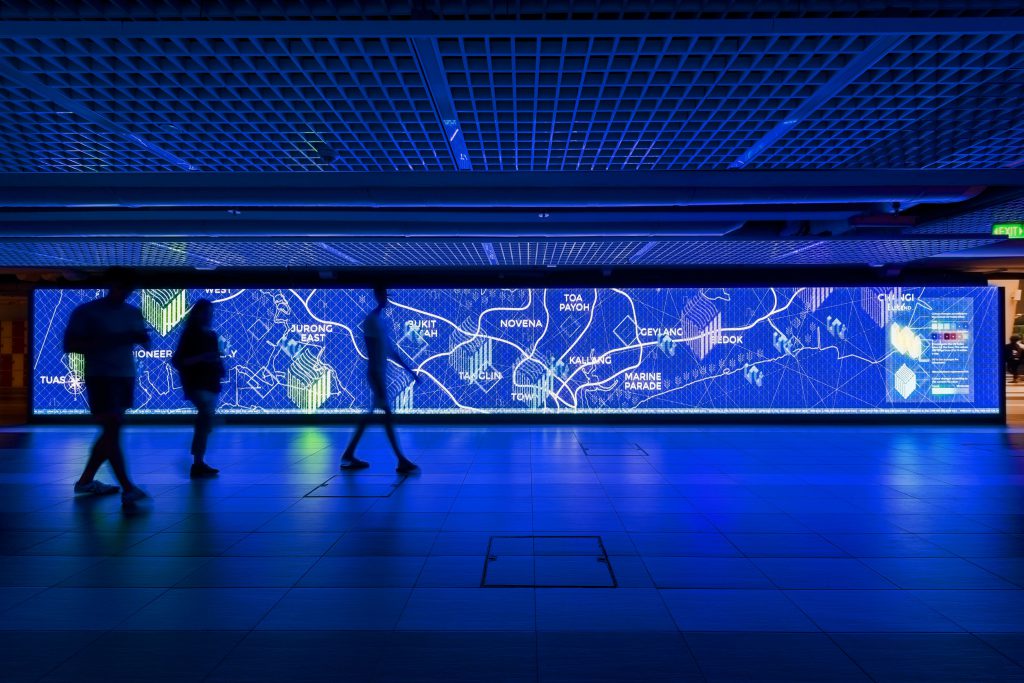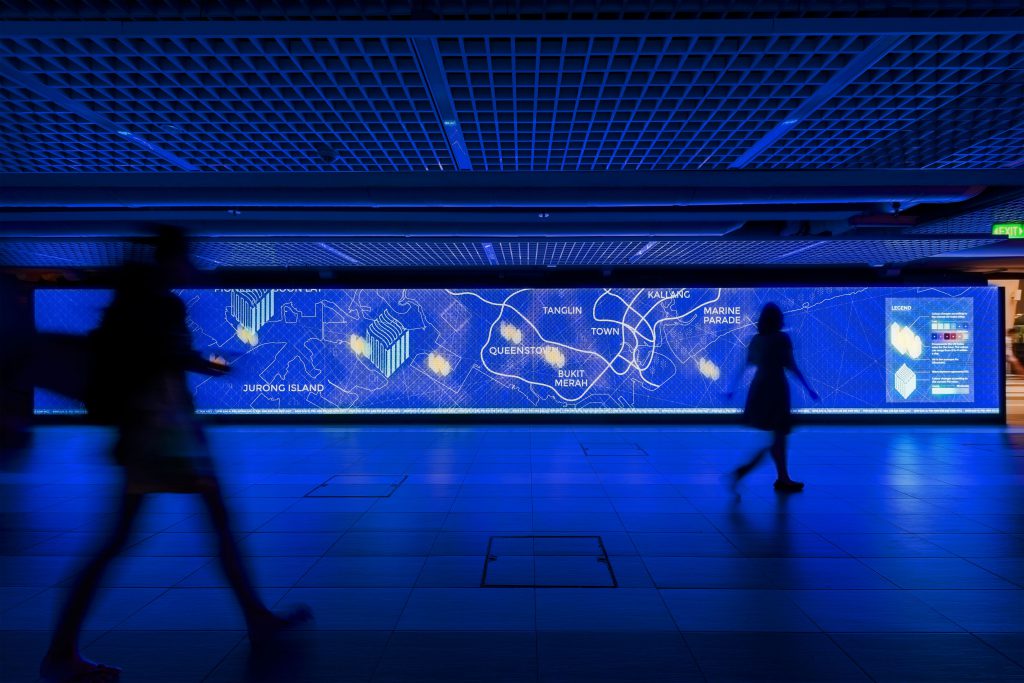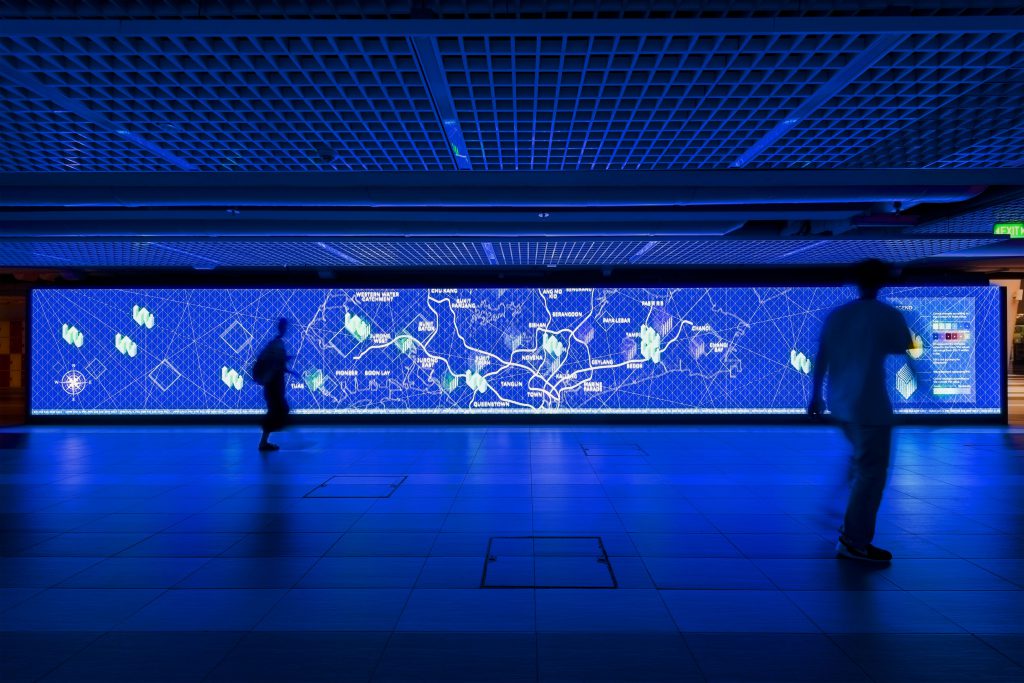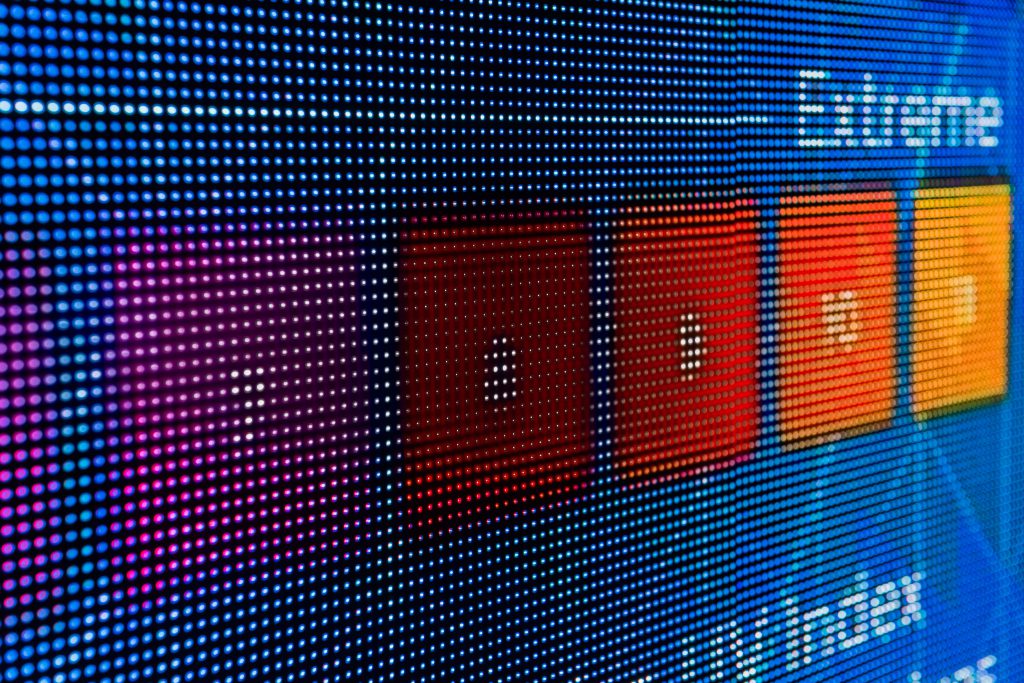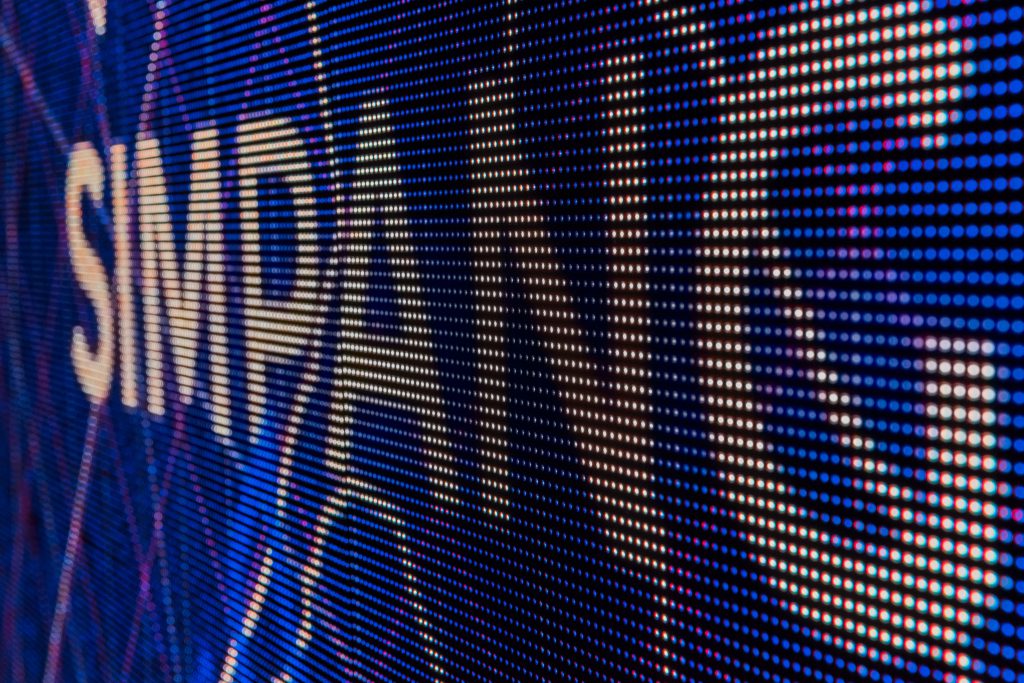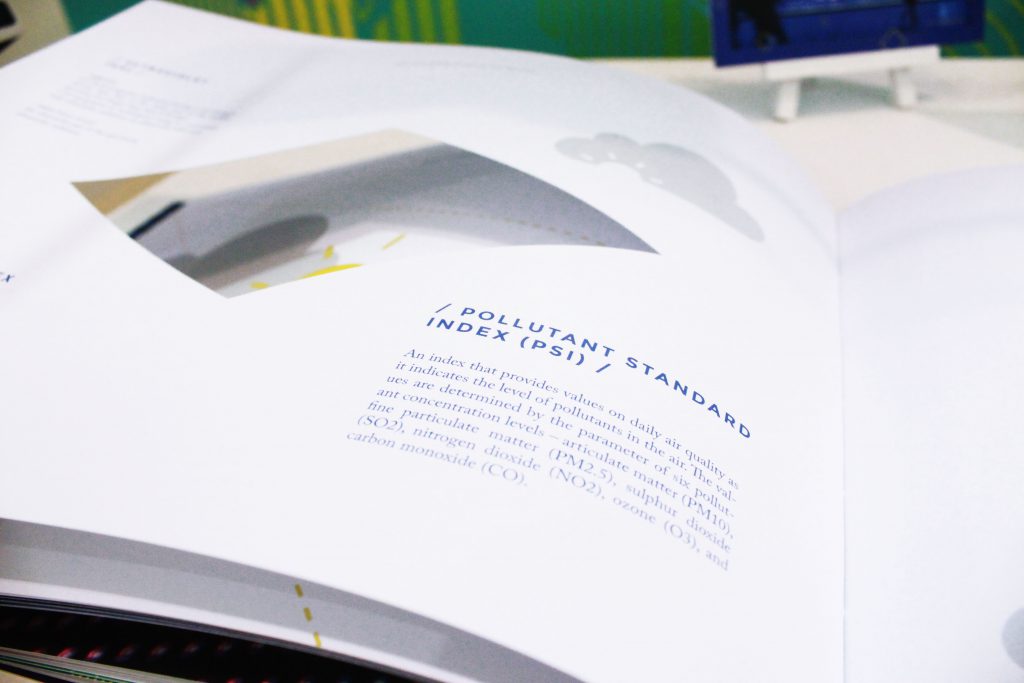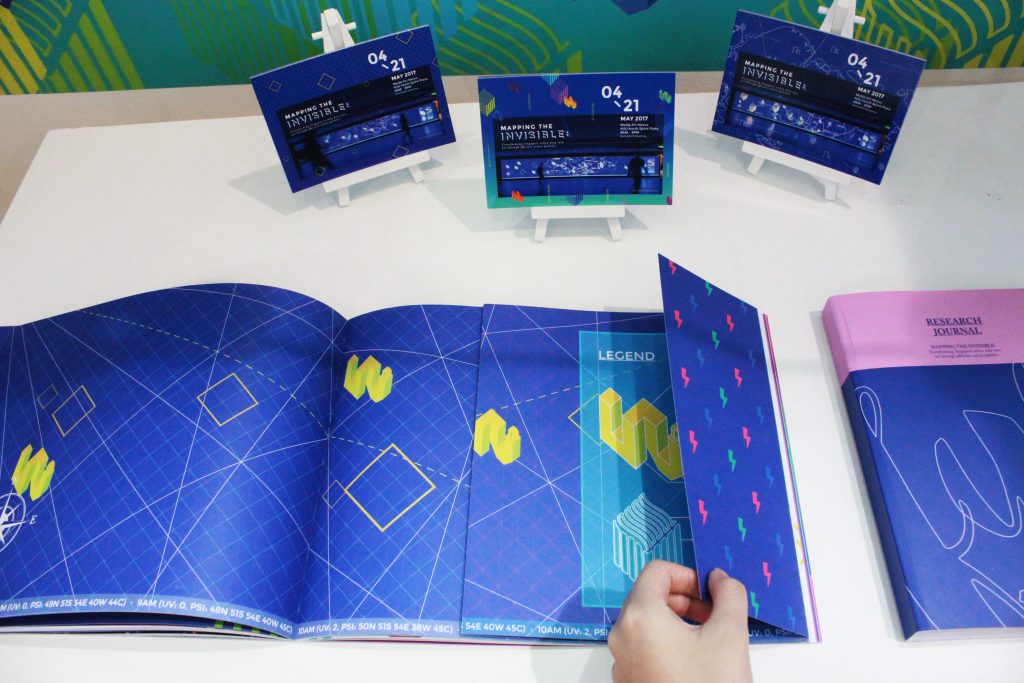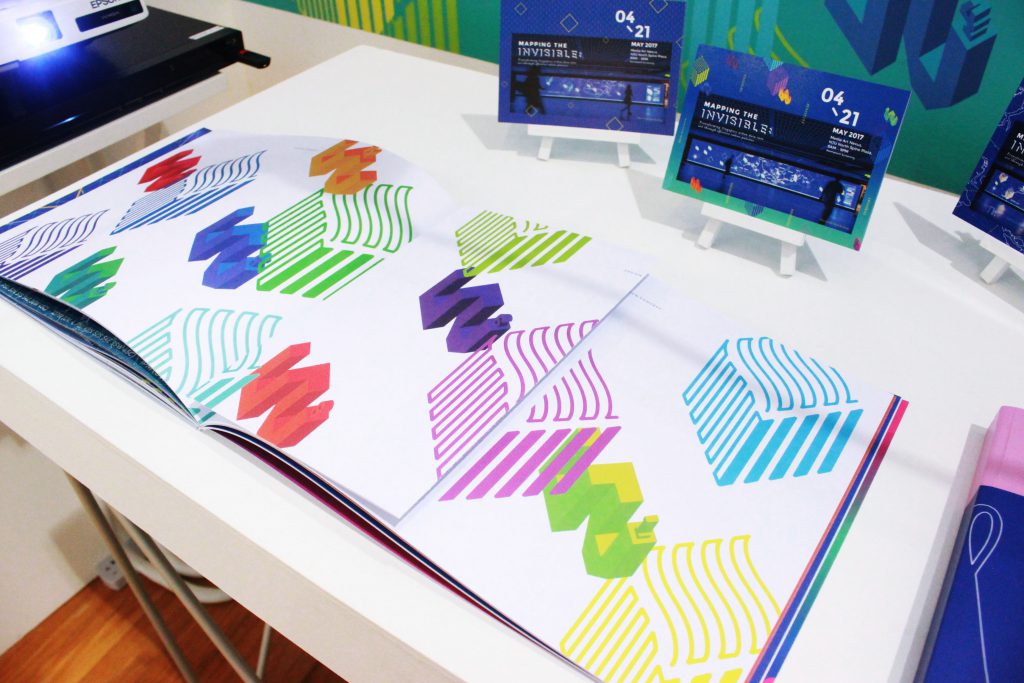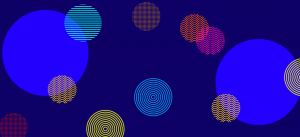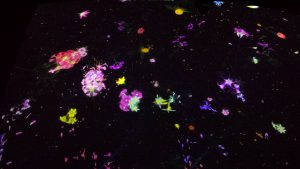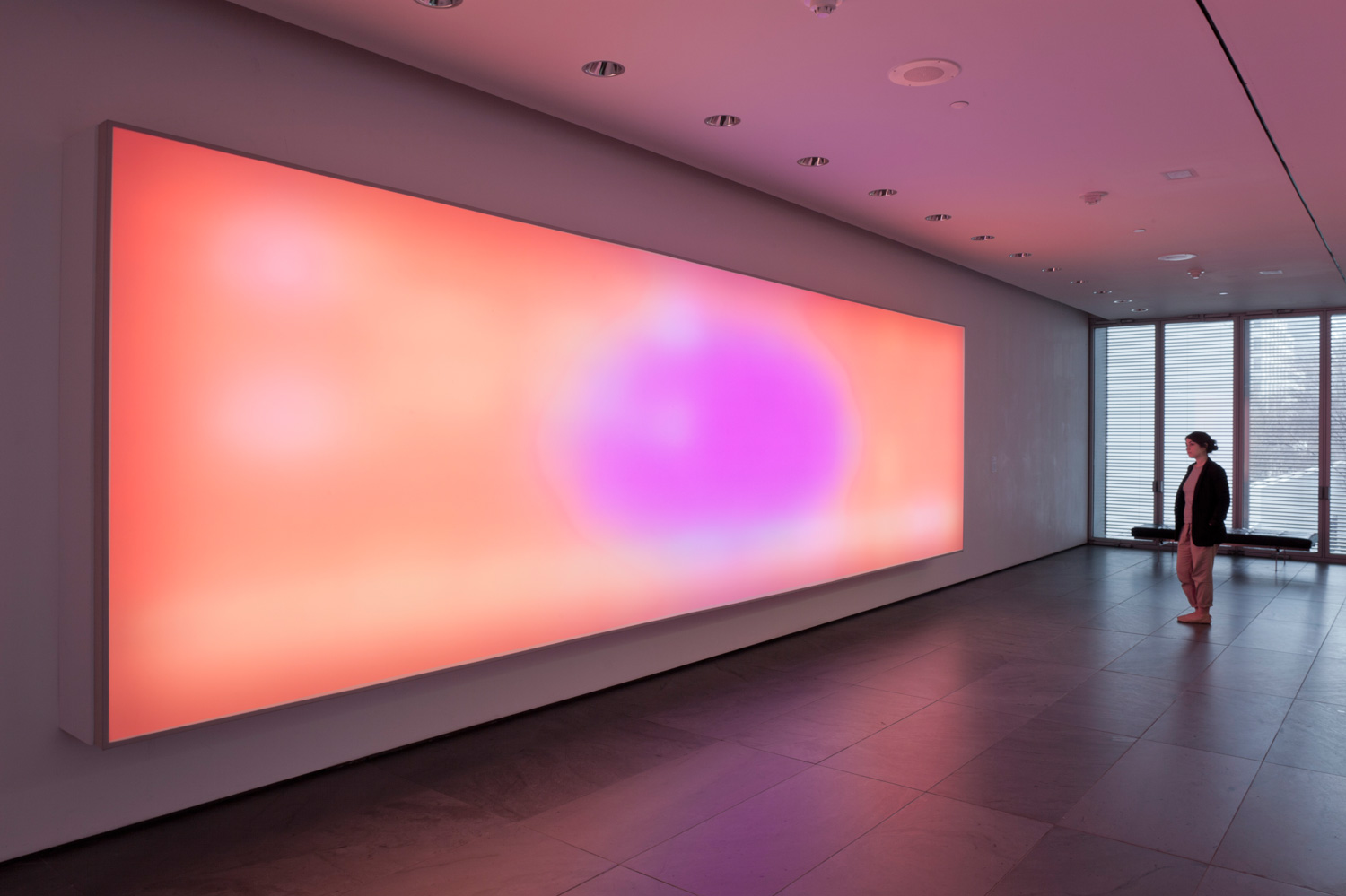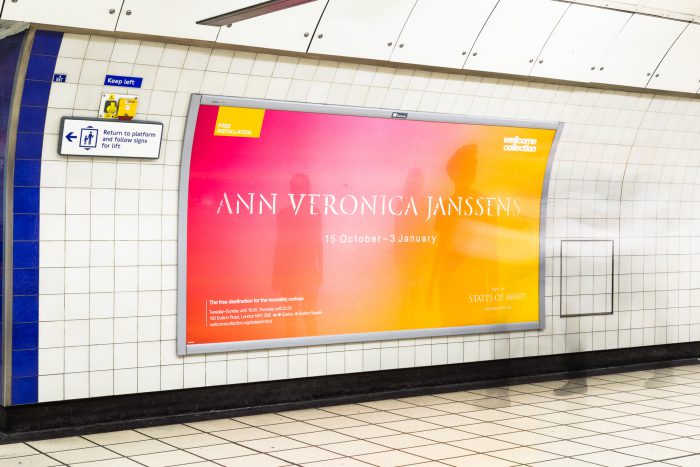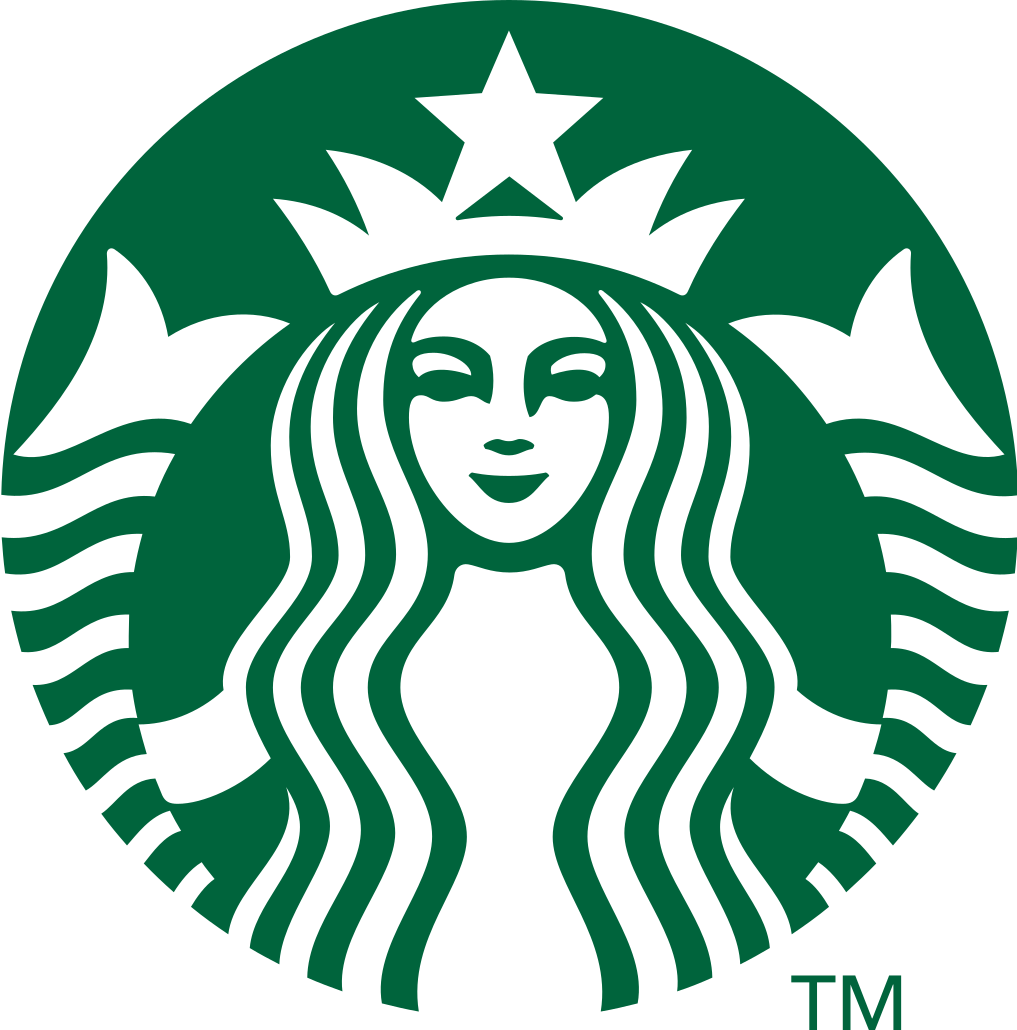Propose a project: What are the reason(s) or aims for doing project?
People make assumptions everyday be it trivial or not but many do not realise that it is the brain that colour the way things are seen. Senses can be fooled easily and therefore seeing isn’t always believing as anything in an environment could be assumed based on individual perceptions. Assumption prevents us from see things differently for we assume our assumptions as accepted truths without any proofs.
Thus, the project aims to create awareness of individual’s consciousness of seeings and question own perceptions through the use of colours and illusions because colours are often taken for granted as it is presented to us from birth. Also, it plays an important and powerful role in the world we live in as it has the ability to change how people observe, think, feel and react.
An illusion make uses of our assumptions about the world and surroundings to demonstrate our visual perception and it reflects the susceptibility of our seeings.
Design/ Methodology/Approach How are the objectives achieved?
Include the main method(s) used for the project. What is the approach to the topic and what is theoretical or subject scope of the project?
The objectives are achieved through literature and non literature findings. The main method used would be an experiment accompanied with survey to validate the solution towards the hypothesis – colour illusions does help people to be conscious of their seeing and question their perceptions. The other method is unstructured interview conducted with a professional in the related field of studies to understand more about human perception towards colours as well as the relation between the eyes and the brain.
For literature findings, books such as Interaction of Colour by Josef Albers, Art and Visual Perception: A Psychology of the Creative Eye by Rudolf Arnheim and Ambiguous Illusions by Humberto Machado and videos such as The Logic of Magic and Colour by Josef Albers and Optical Illusions by Beau Lotto would be used as evidences to support the idea and the non literature findings. All these would contribute towards the scope of the project that consist of the study of colour and its effect on individual perception.
Originality /Value: What is new in your project? State the value of your project and to whom?
Colours and illusions has been explored by many yet it has not been dealt with as a project from another perspective in terms of translating it into daily context. This would benefit to anyone as the project acts as a window towards the realisation that our eyes can be tricked easily.
Keywords: Keywords act as search terms and are like entry points to your project
Colours, Illusion, Seeing, Perception


